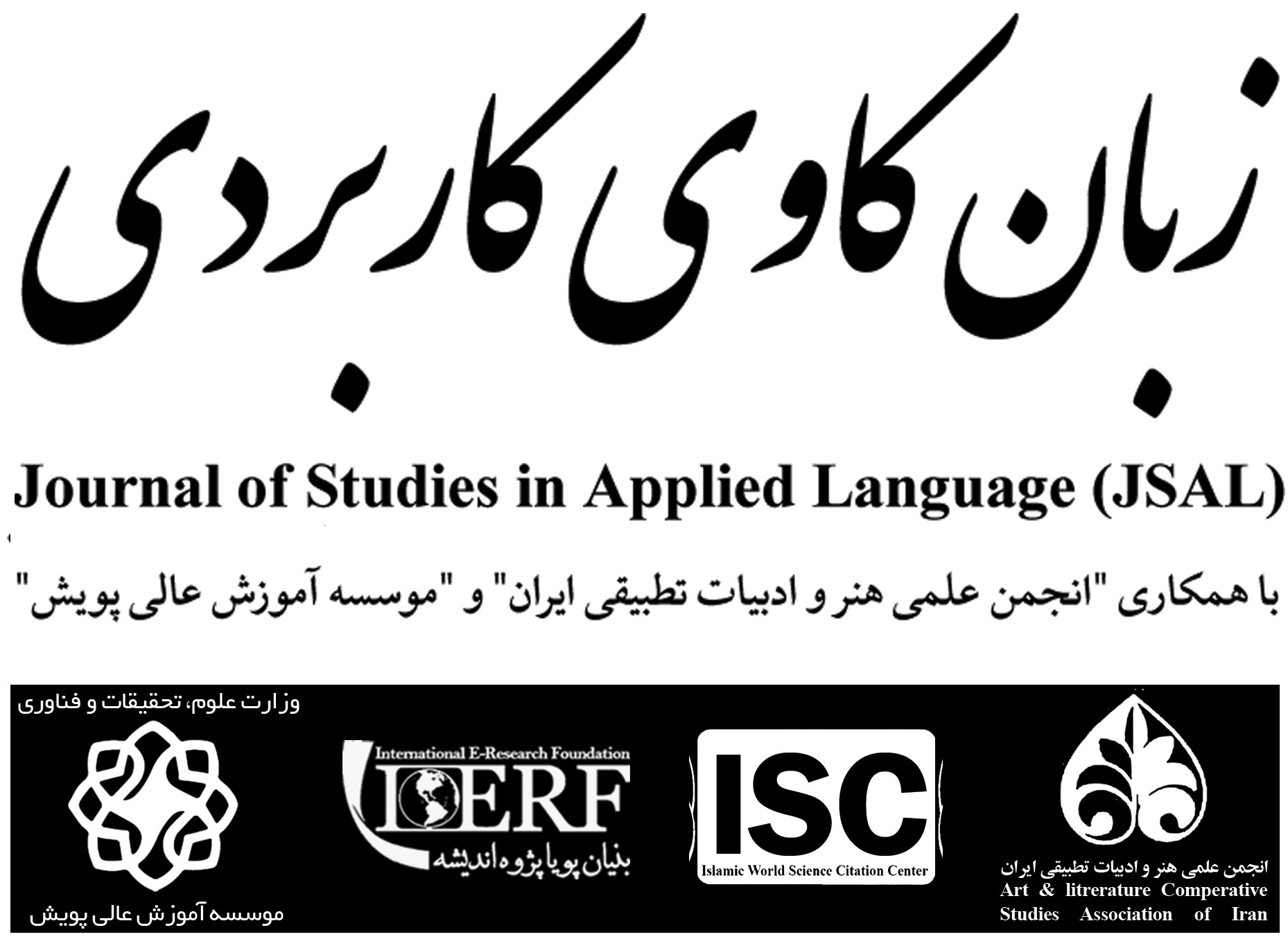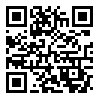<>
Volume 7, Issue 2 (5-2024)
JSAL 2024, 7(2): 93-111 |
Back to browse issues page
Download citation:
BibTeX | RIS | EndNote | Medlars | ProCite | Reference Manager | RefWorks
Send citation to:



BibTeX | RIS | EndNote | Medlars | ProCite | Reference Manager | RefWorks
Send citation to:
Ghasemian M, Rashidi N. (2024). An Analysis of Lexical Chunks in “Mina 1” and “Let's Learn Persian 1” Textbooks: A Comparative Study Based on Lewis Model and Their Degree of Fixedness [In Persian]. JSAL. 7(2), 93-111.
URL: http://jsal.ierf.ir/article-1-119-en.html
URL: http://jsal.ierf.ir/article-1-119-en.html
1- Master's degree in teaching Persian language to non-Persian speakers, Faculty of Literature and Humanities, Shiraz University, Shiraz, Iran , maryghasemian98@gmail.com
2- Full Professor of English Language Teaching, Faculty of Literature and Humanities, Shiraz University, Shiraz, Iran
2- Full Professor of English Language Teaching, Faculty of Literature and Humanities, Shiraz University, Shiraz, Iran
Abstract: (2309 Views)
The acquisition of vocabulary is a critical component in language instruction. One effective approach to language learning is the study of lexical chunks, which are combinations of words that form a single conceptual unit and are ingrained in the linguistic memory of native speakers. This research involves the transcription and categorization of dialogues from both the “Mina 1” and “Let's Learn Persian 1” textbooks into distinct corpora. Utilizing the AntConc software, the researcher extracted and selected two-word, three-word, and four-word lexical chunks from each corpus. These chunks were then compared in accordance with the Lewis model, which classifies them into various categories such as multi-word units, collocations, institutionalized partial phrases, and sentence frames and kernels. The analysis also considers the degree of fixedness or semi-fixedness of these chunks. Upon comparing the two-word lexical chunks in “Mina 1” and “Let's Learn Persian 1” based on the Lewis model, it is evident that “Mina 1” contains a greater number of multi-word units. The sole two-word chunk common to both corpora is “Ahl-e koja-yi” (Where are you from?). An examination of the three-word chunks reveals that both corpora feature institutionalized partial phrases, with shared examples including “Sobh bekheyr” (Good morning), and “Esm-e shoma cheye?” (What's your name?), and “Esm-e to cheye?” (What's your name?). The analysis of four-word chunks shows that both corpora again contain institutionalized partial phrases, with “Salam, sobh bekheyr” (Hello, good morning) being the only four-word chunk shared between them. Additionally, an assessment of the lexical chunks in both the “Mina” and “Let's Learn Persian” corpora based on their fixedness or semi-fixedness demonstrates that the majority of chunks in both corpora are fixed, with semi-fixed chunks being less prevalent. The author posits that, although both “Let's Learn Persian 1” and “Mina 1” are designed for beginners, the simpler lexical chunks in the “Let's Learn Persian” corpus make it more suitable for non-Persian speakers with no prior knowledge of the language. Conversely, the more comprehensive lexical chunks in the “Mina” corpus are better suited for non-Persian speakers with some familiarity with Persian.
Keywords: Teaching Persian Language, Lewis' Lexical Model, Learning Lexical Chunks, Mina 1 Textbook, Let’s Learn Persian 1 Textbook, AntConc Software
Type of Study: Research |
Subject:
Language Teaching
Received: 2024/03/29 | Accepted: 2024/06/7 | Published: 2024/06/15
Received: 2024/03/29 | Accepted: 2024/06/7 | Published: 2024/06/15
References
1. Chun-Guang, T. (2014). "An empirical research on the corpus-driven lexical chunks instruction". International Journal of English Language Teaching, 2(2), pp 1-36.
2. Hakuta, K. (1974). "Prefabricated patterns and the emergence of structure in second language acquisition 1". Language Learning, 24(2), pp. 287-297. DOI: 10.1111/j.1467-1770.1974.tb00509.x [DOI:10.1111/j.1467-1770.1974.tb00509.x]
3. Lackman, K. (2011). Lexical approach activities. Ken Lackman& Associates Educational Consultants. [In English]
4. Li, Q. (2014). "An empirical study on the application of lexical chunk to college English writing". Journal of Language Teaching and Research, 5(3), pp. 682-688. DOI: 10.4304/jltr.5.3.682-688 [DOI:10.4304/jltr.5.3.682-688]
5. López-Jiménez, M. D. (2013). "Multi-word lexical units in L2 textbooks". Revista Española de Lingüística Aplicada, 26, pp. 333-348.
6. Mahdavi-Zafarghandi, A., & Emamzadeh, S. (2016). "The effect of teaching lexical collocations on Iranian EFL learners' writing ability: focusing on the appropriate use of Collocations". Journal of Applied Linguistics and Language Research, 3(5), pp. 107-117.
7. Mccarthy, M., & O'dell, F. (2017). English Collocations in use. Cambridge: Cambridge University Press. [In English]
8. Mohammadi, M., & Enayati, B. (2018). "The effects of lexical chunks teaching on EFL intermediate learners' speaking fluency". International Journal of Instruction, 11(3), pp. 179-192. DOI: 10.12973/iji.2018.11313a [DOI:10.12973/iji.2018.11313a]
9. Wood, D. (2002). "Formulaic language acquisition and production: Implications for teaching". TESL Canada Journal, pp. 01-15. DOI: 10.18806/tesl.v20i1.935 [DOI:10.18806/tesl.v20i1.935]
Send email to the article author
| Rights and permissions | |
 |
This work is licensed under a Creative Commons Attribution-NonCommercial 4.0 International License. |







